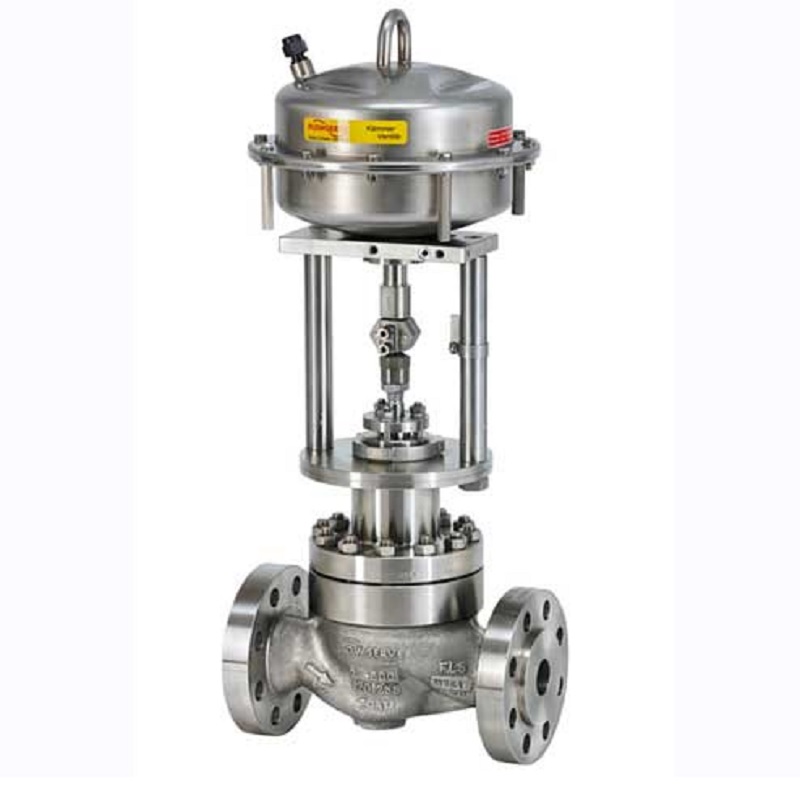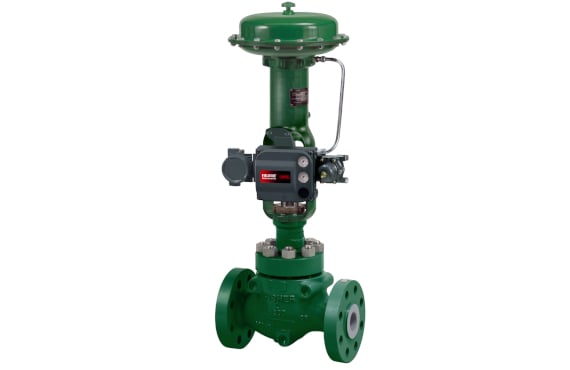Important Elements to Take Into Consideration When Selecting Control Valves
Important Elements to Take Into Consideration When Selecting Control Valves
Blog Article

Maximize Energy Financial Savings and Convenience With Advanced Structure Automation Controls
In the realm of modern-day style and center management, the assimilation of innovative structure automation regulates stands as an essential development. The merging of technology and sustainability has actually birthed a brand-new age where power performance, convenience optimization, and operational streamlining are no much longer remote ambitions but possible realities. By taking advantage of the power of automation, structures can adjust, respond, and progress in methods that were when unbelievable. The capacity for significant energy cost savings and improved convenience is not simply an opportunity yet a pledge waiting to be satisfied. This paradigm change in structure monitoring holds the key to opening a world where environmental conscientiousness and occupant health sympathetically exist together within the wall surfaces of our structures.
Energy Effectiveness Benefits
Energy efficiency advantages can significantly reduce energy intake and operational expenses in structures. Energy-efficient systems, such as innovative structure automation controls, can maximize the use of resources like illumination, cooling, and home heating, leading to reduced energy costs over time.
In addition, improved energy performance can lengthen the lifespan of structure equipment and systems. By running extra efficiently, a/c systems, lighting fixture, and various other building components experience less wear and tear, causing decreased upkeep and substitute costs. Additionally, energy-efficient buildings frequently regulate greater home worths and rental rates, supplying long-term financial advantages to owners.
Moreover, energy performance can improve owner comfort and efficiency. Correctly controlled indoor environments with optimal illumination and thermal problems develop an even more enjoyable and helpful work area, leading to boosted staff member fulfillment and efficiency. On the whole, the power efficiency advantages linked with sophisticated building automation controls are complex, encompassing cost savings, ecological stewardship, and resident wellness.
Improved Convenience Control
Enhancing convenience control in building settings calls for an advanced assimilation of advanced automation systems for optimal occupant wellness. By making use of sophisticated structure automation controls, centers can tailor the indoor environment to fulfill the specific demands and choices of residents. These systems make it possible for specific policy of air flow, lighting, and temperature level, creating a comfortable and effective ambience. Resident fulfillment and efficiency are closely connected to thermal comfort, making it necessary to have systems in position that can adapt to changing conditions in real-time.
By incorporating these sophisticated controls, structures can not just enhance comfort but additionally boost energy efficiency by optimizing system procedures based on actual tenancy and usage patterns. Ultimately, prioritizing resident convenience through innovative automation systems leads to an extra satisfying and healthier indoor atmosphere.
Operational Effectiveness Improvements

Additionally, the application of real-time tracking and analytics tools allows structure drivers to recognize energy ineffectiveness and operational abnormalities promptly. By constantly checking power use patterns and system efficiency metrics, adjustments can be made in real-time to optimize power consumption and make certain peak functional efficiency. control valves. In addition, incorporating demand reaction approaches right into structure automation controls can additionally improve functional efficiency by dynamically adjusting energy usage based on grid problems and prices signals
Indoor Climate Optimization
Efficient interior climate optimization is an essential facet of structure automation controls, making certain passengers' convenience and well-being while taking full advantage of energy financial savings. By making use of sophisticated sensing units and controls, constructing automation systems can constantly keep track of and adjust temperature, humidity levels, air top quality, and ventilation to produce an optimum indoor atmosphere. Keeping constant and comfy conditions not just improves passenger fulfillment however also boosts performance and general wellness.
Indoor environment optimization additionally plays an important function in power performance. By fine-tuning air conditioning, heating, and air flow systems based on real-time data and occupancy patterns, constructing automation controls can significantly reduce power consumption - control valves. As an example, applying strategies pop over to this web-site such as demand-controlled air flow and thermal zoning can assist minimize energy waste while ensuring that each area of the building obtains the needed conditioning.

Sustainable Environment Production
Building automation manages not only enhance indoor environment conditions for power performance and passenger convenience however likewise lay the foundation for developing a sustainable atmosphere with calculated management of systems and sources. By integrating advanced building automation modern technologies, such as sensing units, actuators, and intelligent software program, facilities can check and adjust energy usage in real-time to decrease waste and reduce their carbon footprint. These systems allow predictive maintenance, recognizing prospective problems before they escalate and enhancing equipment performance to enhance long life and efficiency.
Moreover, sustainable setting production expands past power management to encompass water conservation, waste decrease, and indoor air quality improvement. Structure automation controls can regulate water usage, detect leaks, and ensure appropriate waste disposal techniques, contributing to overall sustainability initiatives. Additionally, by checking and regulating air flow and filtering systems, these modern technologies boost occupant wellness and efficiency while lowering power usage associated with a/c procedures.
Verdict
Finally, progressed building automation regulates offer substantial benefits in regards to power cost savings, convenience control, operational efficiency, interior environment optimization, and producing a sustainable atmosphere. By applying these controls, structures can attain optimum efficiency while minimizing energy consumption and boosting passenger convenience. It is apparent that making use of sophisticated automation technology is important in improving structure efficiency and producing a much more sustainable future.
Energy efficiency benefits can dramatically reduce power intake and operational costs in buildings. Generally, the power efficiency advantages associated with advanced building automation this content controls are complex, incorporating expense financial savings, ecological stewardship, and occupant well-being.
In addition, including need action methods into building automation controls can better boost operational performance by dynamically adjusting power usage based on grid problems and prices signals.
Building automation manages not just optimize interior climate problems for energy effectiveness and owner comfort however likewise lay the foundation for developing a sustainable setting with tactical monitoring of resources and systems.In final thought, advanced structure automation controls offer considerable advantages in terms of energy financial savings, convenience control, operational effectiveness, indoor environment optimization, and creating a lasting environment.
Report this page